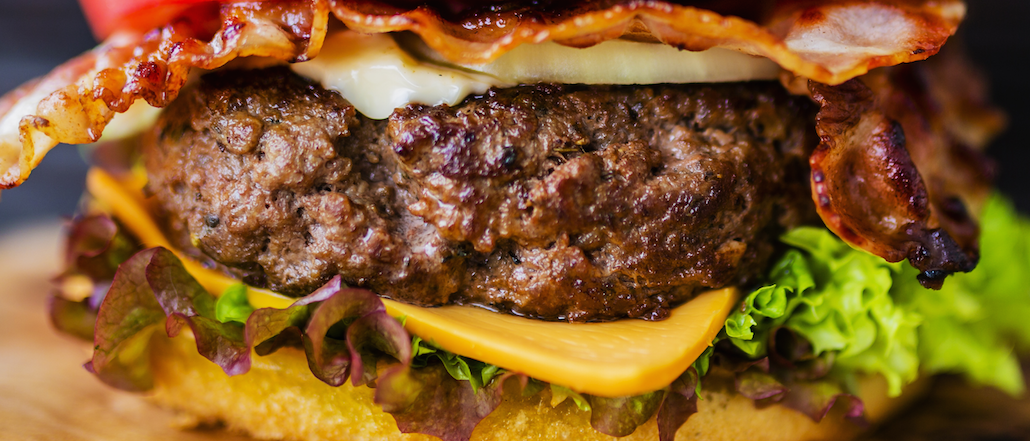

BuzzFeed’s Tasty video channel hasn’t just become a model for other food publishers (not to mention parodies), but for BuzzFeed itself.
Less than a year after it launched with an experimental recipe video, Tasty has become the driver of video views at the company, with 53.6 million likes (its rapid ascent made it look like a spam channel, which caused a Facebook glitch that temporarily halted its growth, according to BuzzFeed) and a global presence that’s spawned a growing number of BuzzFeed video offshoots around kids, moms and cooking gadget unboxings. There’s a DIY offshoot for crafters called Nifty. Tasty has begun opening the door to advertising.
“Tasty is made for brands,” said BuzzFeed video head Ze Frank, speaking at BuzzFeed’s NewFronts presentation Monday, where Tasty was the main dish. “It’s good for brands.”
BuzzFeed was on the forefront of embracing a distributed model for its business, but it’s hit some speed bumps along the way. If “Dear Kitten,” the branded video it produced for Purina, was a viral hit that’s been hard to replicate, Tasty and its made-for-advertiser content has emerged as one of the bigger and easier avenues for growth.
While it’s easy to see the obsession with food videos as the product of BuzzFeed’s catering to the Facebook algorithm, BuzzFeed said the channel is more than that; it’s a recognition that its distribution model is increasingly complex and that this is a way for the publisher to adapt and avoid relying too much on Facebook. To that end, Tasty is building a presence on YouTube, with a long-form series, Mom vs. Chef. By applying the Tasty model to other subject areas, it can cross-promote them to users and sell advertisers a wider audience in related verticals. In addition to Nifty, examples of that expansion include new food-related series like Tasty Savings for people on a budget; Nifty Junior for kids and Nifty Kitchen. Suddenly, everything is looking like Tasty.
“It’s us saying, media is complex. We have now figured out the value of these platforms is only realized if you can connect it to a network,” said Ashley McCollum, general manager of Tasty. “And of course, it’s more defensible if you’re on more platforms.”
The danger in building a brand on the back of Facebook-distributed video, of course, is that Facebook hasn’t offered a clear path for publishers to monetize their video. It’s begun to open the door, though, and Tasty has started to sell advertising, taking advantage of those loosened restrictions. One downside of native advertising is that it’s hard for BuzzFeed (and other publishers in general) to connect them to advertisers’ business goals. But Tasty’s short cooking videos are not only tailor-made for packaged goods — Triscuit was an early advertiser — but they’re easier to tie back to sales results, which advertisers are increasingly calling for. McCollum claims a grilling video it made with Oster led to a run on Oster grills.
“It’s an opportunity for us to lean into product placement, which we haven’t really done in the past,” McCollum said.
As other digital publishers have amassed huge audiences — and it becomes harder to tell Tasty videos apart from the myriad lookalikes — there will come a point where scale alone won’t be enough to differentiate Tasty.
To that, BuzzFeed said it’s not just selling scale, but reach across platforms and mountains of insights into what will resonate with its audience.
“Scale is one [asset], but it can’t be the only one,” McCollum said.
Image courtesy of Shutterstock.
More in Media

From sidelines to spotlight: Esports events are putting creators center stage
Esports events’ embrace of content creators reflects advertisers’ changing priorities across both gaming and the wider culture. In the past, marketers viewed esports as one of the best ways to reach gamers. In 2025, brands are instead prioritizing creators in their outreach to audiences across demographics and interest areas, including gaming.

Condé Nast and Hearst strike Amazon AI licensing deals for Rufus
Condé Nast and Hearst have joined the New York Times in signing a licensing deal with Amazon for its AI-powered shopping assistant Rufus.

Media Briefing: AI payouts may be entering a new era
AI compensation is evolving — and new models, not just publisher demands, are driving the shift beyond flat-fee licensing.





